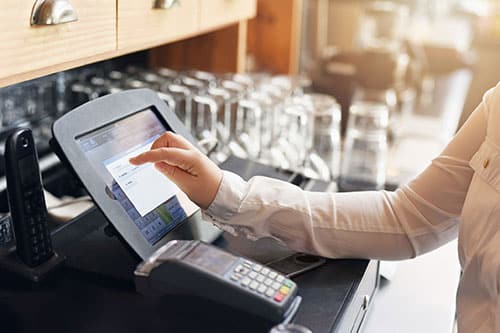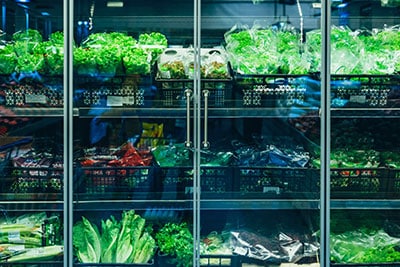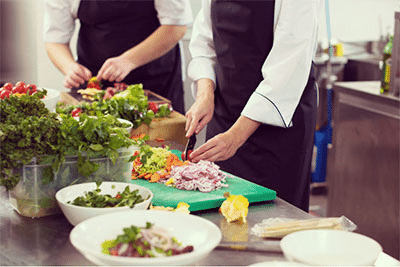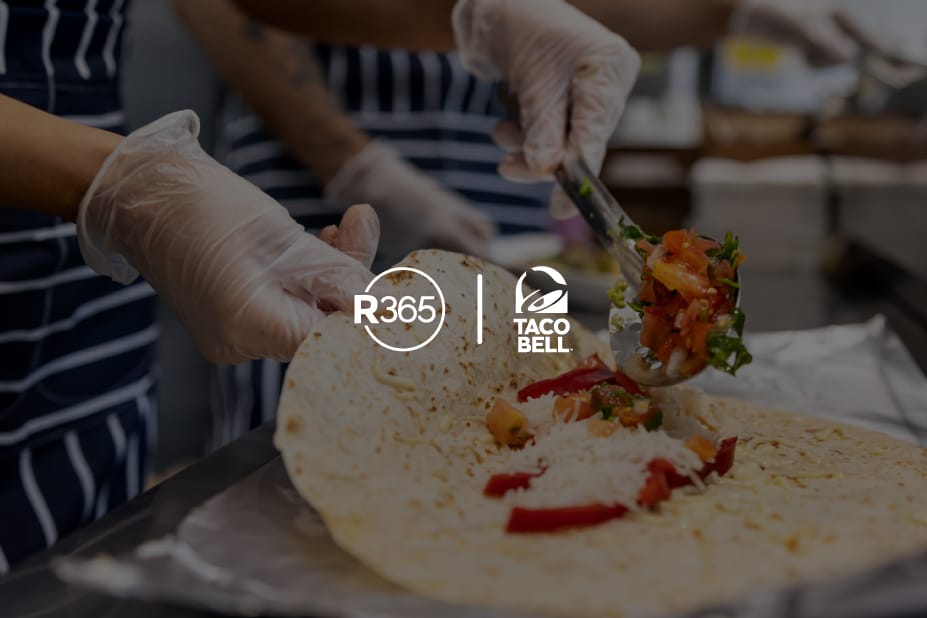
Your sitting inventory (in product or dollars) is one of the main factors influencing your food cost and your bottom line. While many see inventory control as time consuming or tedious, it is undoubtedly essential to managing your restaurant. So, how do you to manage restaurant inventory accurately and efficiently?
What is Restaurant Inventory Management?
One of the biggest budget items for restaurants is buying all the ingredients needed to prepare menu items. It is critical to accurately track this investment in inventory to keep your restaurant accounting organized and connected.
Restaurant inventory management is the monitoring procedure used to track the ingredients you have in your restaurant. While retail stores may monitor a detailed list of all goods and assets, restaurants usually focus on real-time supplies, like food items, ingredients, and beer, wine, and liquor. Your inventory management touches on all supplies ordered for your restaurant – everything that comes out from your kitchen and bar, and what is left over afterwards.
Restaurant inventory management can be challenging, but mistakes can have a big impact on your profitability. Proper restaurant inventory management can minimize loss and waste, helping you spot inefficiencies in your operations. When done correctly, managing your inventory encourages more economical food, beverage, and supply orders. Lower food costs, minimized food waste, and efficiently allocated ingredients lower your Cost Of Goods Sold (COGS), thus adding to your bottom line.
Inventory tracking is essential for your day-to-day operations, but it can also provide you with key data for long-term goals and strategy. If you don’t know where your losses are, you don’t know where the gaps are. You can use insights about your past inventory to see where you can streamline your future food cost.
How to Calculate Restaurant Inventory
While some parts of inventory management can be automated, some of it must be done by hand. For restaurants with a robust point-of-sales (POS) system, an integrated platform can automatically track theoretical inventory based on sales.
However, POS data doesn’t account for all potential sources of inventory loss, such as spoilage, kitchen waste, or incorrect prep. Restaurants therefore use an inventory management system to account for all of those potential inventory loss factors and to track actual food and ingredient usage.
When your restaurant inventory management software and POS system are fully integrated and automated through your restaurant operations software, you can use these different figures – actual and theoretical – to gain an accurate picture of your inventory. Calculating your theoretical vs. actual variance accounts for both what inventory you are selling, and what is going to waste because it is unaccounted for in sales.
In restaurants, managing inventory goes beyond just scanning barcodes. To calculate your inventory items, you need to count the amount of product in storage rooms, walk-in coolers, and kitchen shelves, and input these quantities into your inventory management software. For accuracy, this needs to be done by hand, in person.
But just because inventory tracking is done by hand, it doesn’t mean it has to be time consuming or inefficient. Smart, integrated restaurant inventory management platforms can speed up counting from the sheet to the shelf. Consider choosing software designed for restaurants, with pre-made templates and customizable sheets. If your software offers end-to-end inventory management, you can take advantage of one platform for automated invoice uploading, recipe tracking, recorded stock counts, and auto-updated item prices. Restaurant inventory management software may also come with a mobile app that allows for on-the-go access.
How to Manage Inventory
Once you have a system in place for recording your inventory, use that data wisely. Inventory tracking helps you understand your ingredient usage and therefore, your budget, in real time. Inventory control oversees what is coming into your restaurant, what is leaving your kitchen, and what is left over.
Restaurant inventory management is a tool. For example, inventory lists can signal when new orders should be made, based on historical trends. Some inventory management platforms even offer suggestive ordering, based on sales and forecasting, that can reduce food cost and over-ordering.
Inventory control also allows you to track your theoretical vs. actual food cost variance through real-time reports. Tracking this metric, along with inventory usage and depletion, helps you spot trends over certain periods of time.
Mistakes happen in the restaurant industry, and there may always be some loss areas in your ingredient inventory. But because inventory has such a strong effect on your COGS, and therefore your bottom line, it is valuable to know where to look to improve. If you can’t account for certain areas of loss, check for common inefficiencies like spillage, customer complaints, employee mistakes, or, sometimes, theft.
When you have systems in place, you can start the work of attributing every ounce of food to usage. Accurate inventory leads to streamlined restaurant management, and more efficient and profitable operations.
Tips for Controlling Inventory in Your Restaurant
Having accurate, up-to-date data is important. In order to encourage your team to completely and accurately take stock of your amount of product, daily, weekly, or monthly, make it easy to complete inventory.
- Designate a few key people: thoroughly train a few staff members on inventory management. When managers and chefs are well-trained and complete inventory frequently, they will able to spot patterns and see inconsistencies. Consider also requiring a two-person team to complete inventory together, so that you can better guarantee accurate records.
- Remove the headache: consider choosing an inventory management platform with a mobile app that allows team members to easily move between the walk-in cooler and dry storage without touting a clipboard or laptop. Inventory can be time consuming, but an efficient and accessible platform can make it faster.
- Do it regularly: make it part of the routine, so your team is invested in the results. Take inventory consistently, around the same time and same day of your specified time period, to ensure comparable and reliable data.
When you have accurate inventory reports, take time to analyze the sitting inventory numbers from every angle. You may need to track food waste specifically in order to develop strategies for your unique restaurant. To minimize lost ingredients, you may need to implement strategies such as “First In, First Out” (FIFO) training, or design cross-menu ingredient usage.
But whatever adjustments you make, your inventory sheet contains key data needed to improve your long-term strategy. Implementing an effective restaurant inventory management system ensures that you are working off of accurate numbers.
Conclusion
You need to know what you have in your kitchen now, to plan for what you’ll be serving up later. Tracking your sales and inventory frequently helps you make timely adjustments to your ordering and knowing how to manage restaurant inventory helps grow the profitability of your restaurant.
If you would like to easily track your inventory and gain insight into your operations, consider an inventory management solution that’s part of an all-in-one restaurant management system. With Restaurant365 you can save on food costs by making adjustments in the moment based on up-to-date information. Restaurant365 is a cloud-based, restaurant accounting and operations platform that’s integrated with your POS system, as well as to your food and beverage vendors, payroll provider and bank. For more information about reducing costs in your restaurant operations, watch our on-demand webinar, Closing the Gap Between Actual and Theoretical Food Costs.





